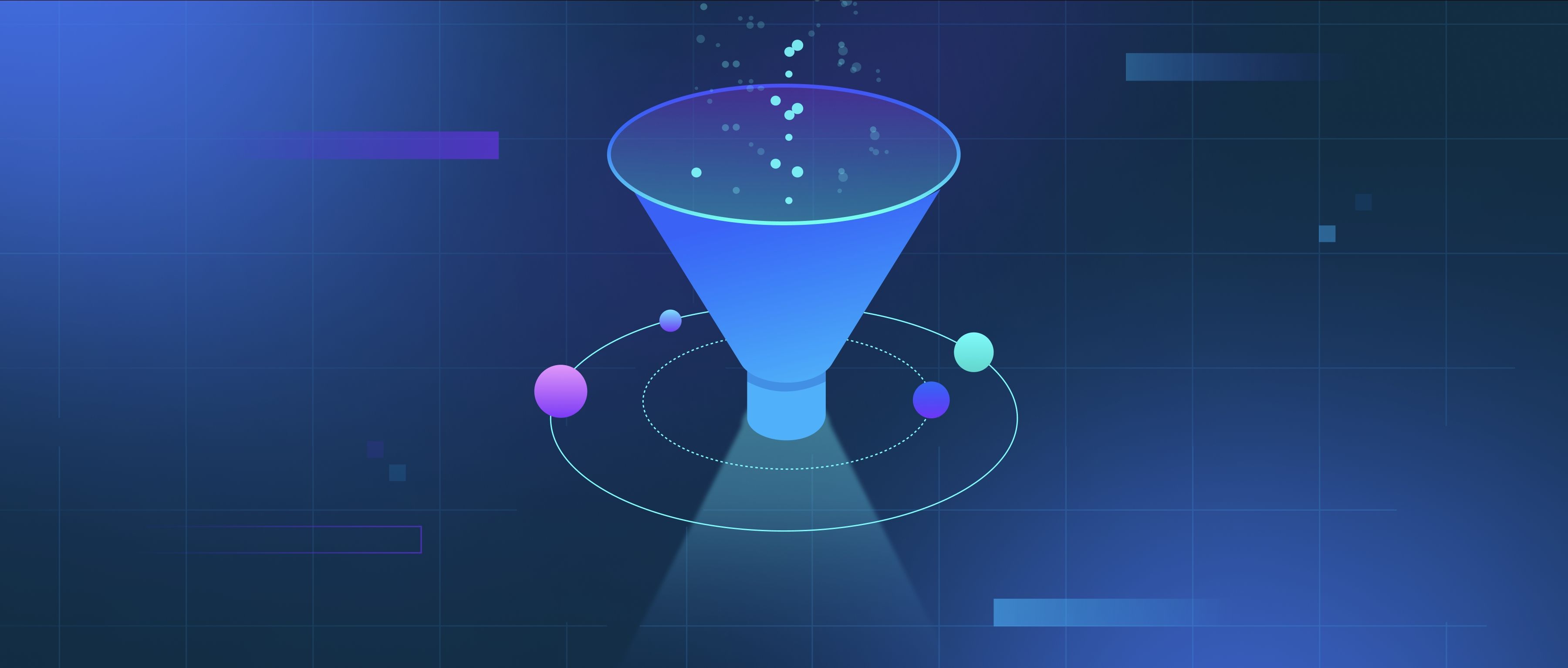Scaling diffusion models to higher resolutions poses several challenges that can significantly impact both performance and output quality. First, computational demands increase dramatically. As the resolution rises, the amount of data processed grows, leading to higher memory usage and longer training times. For instance, if a model was initially trained on images of 64x64 pixels, moving to 256x256 pixels requires four times the number of pixels to be handled, making each operation more resource-intensive. This demands more powerful hardware, often necessitating the use of GPUs with larger memory capacities or distributed computing environments, which can increase costs and complexity.
Another challenge is maintaining the quality and coherence of generated outputs. Higher resolution models must not only generate larger images but also ensure that the details captured at this scale are coherent and visually appealing. In lower resolutions, a model might focus on broader patterns, but at higher resolutions, it needs to generate finer details and textures that are consistent across the image. For example, when generating a 1024x1024 image, the model needs to effectively manage details such as skin texture or fabric patterns, which can easily become inconsistent or blurry if the model isn't designed to handle these granular aspects.
Lastly, training stability can become an issue. Higher resolution data can often lead to noise and instability during the training process. The model must learn to differentiate between actual details and artifacts that can occur at higher resolutions. Techniques like increasing the batch size or implementing more complex regularization strategies can help, but they also add to the complexity of the training process. This requires careful tuning of parameters and may necessitate changes to the model architecture to ensure it can effectively learn without overfitting or becoming unstable when introducing the variability associated with higher resolution images.
